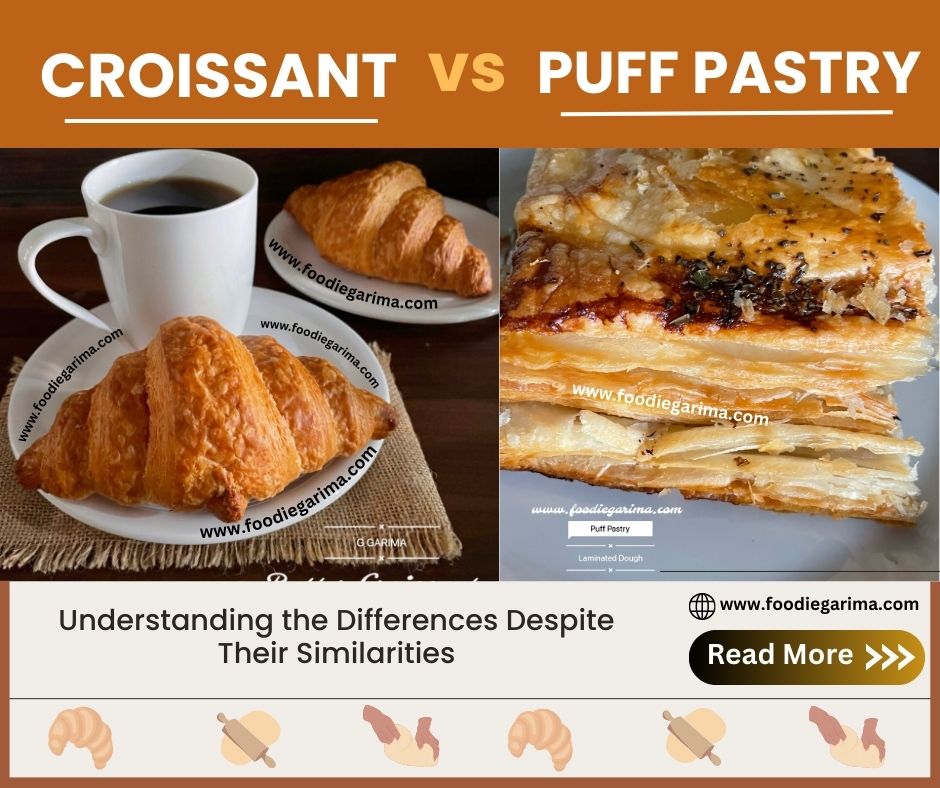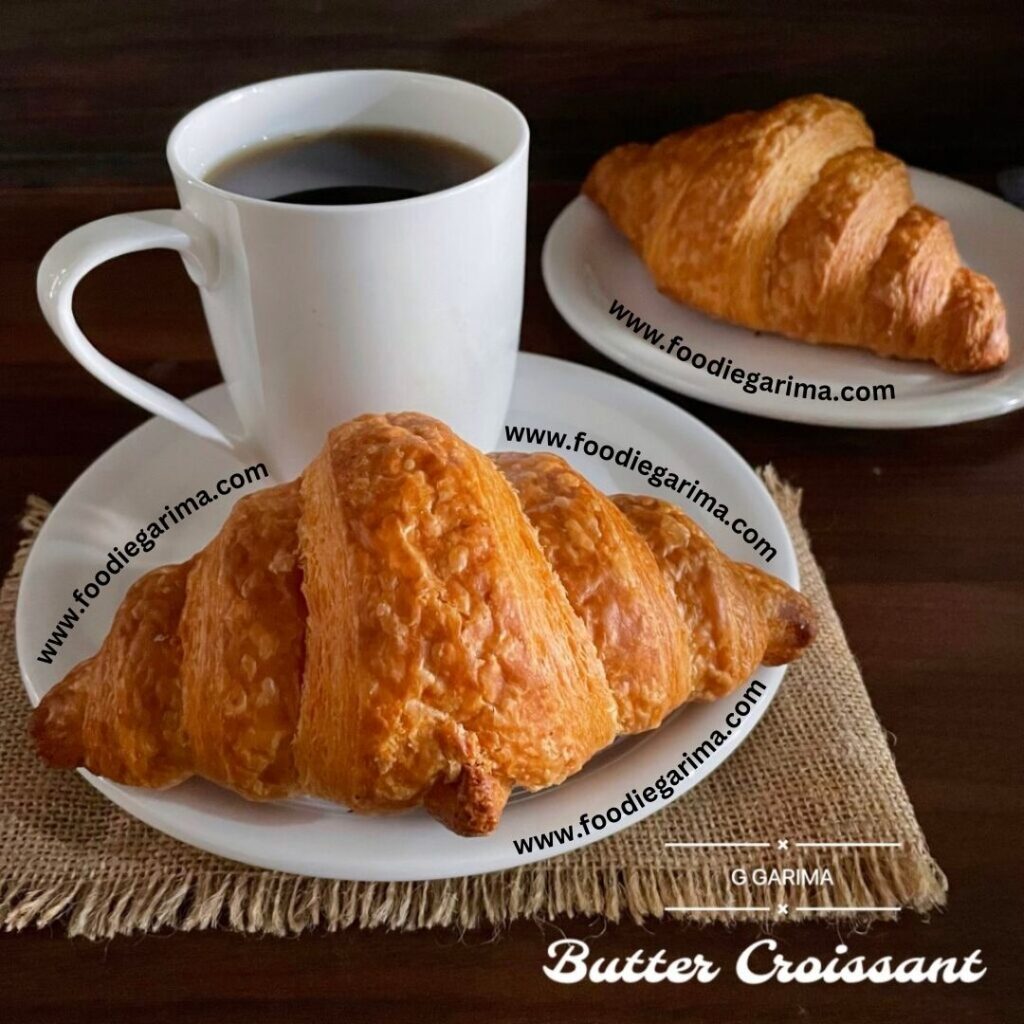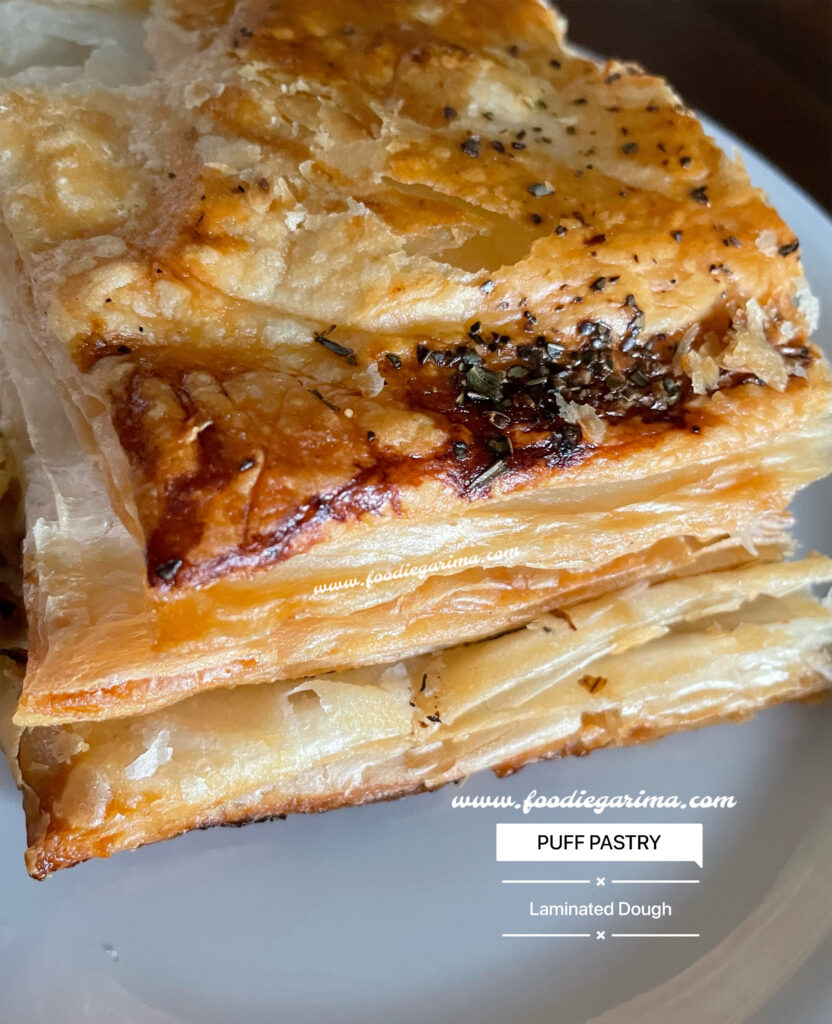10 January, 2025
Croissant vs Puff Pastry: Differences Despite Their Similarities

Croissant and Puff Pastry
Croissant vs Puff Pastry: Understanding the Differences Despite Their Similarities
At first glance, Croissants and Puff Pastry might seem quite similar—they both boast flaky, buttery layers that melt in your mouth. However, these two delicacies are distinct in their preparation, texture, and use. Understanding the differences between Croissants and Puff Pastry allows us to appreciate their unique qualities while acknowledging their shared heritage in Laminated Dough techniques.


The Similarities
Both Croissants and Puff Pastry are made using a process called “Lamination,” which involves folding butter into dough to create multiple thin layers. This technique results in the signature flakiness that makes them both so irresistible. Additionally, both use similar base ingredients: Flour, Butter, Water, and Salt. However, the devil is in the details when it comes to their differences.
Key Differences Between Croissants and Puff Pastry
- Yeast vs. No Yeast
- Croissant: Croissant dough has Yeast, making it rises and develops a light, airy texture due to fermentation. This gives Croissants a softer, bread-like interior that contrasts with their crisp outer layers.
- Puff Pastry: Puff Pastry does not contain Yeast. Instead, its rise comes solely from steam generated by the butter layers during baking, resulting in a crisper and more uniform texture throughout.
- Sugar and Sweetness
- Croissant: The dough for Croissants typically contains a small amount of Sugar, giving them a subtle sweetness. This makes them ideal as a base for both sweet and savory fillings.
- Puff Pastry: Puff Pastry is generally unsweetened, making it a more neutral option suitable for both sweet desserts and savory dishes without any inherent sweetness.
- Preparation Process
- Croissant: The Croissant-making process involves additional steps like Proofing (allowing the dough to rise) and Shaping (rolling into a Crescent form). The Yeast fermentation adds complexity to its flavor and texture.
- Puff Pastry: Puff Pastry skips the Proofing stage, focusing instead on maintaining consistent Lamination. It’s rolled and folded repeatedly but isn’t shaped or fermented like croissants.
- Texture and Layers
- Croissant: Croissants have a distinct layered structure with a tender crumb on the inside and a crisp, flaky crust on the outside. This textural contrast is due to the Yeast fermentation.
- Puff Pastry: Puff Pastry layers are evenly crisp and flaky throughout, offering a shatteringly crisp texture that is consistent from edge to centre.
- Culinary Uses
- Croissant: Croissants are primarily a breakfast or snack item, often eaten plain, with butter and jam, or filled with chocolate, almond paste, or ham and cheese.
- Puff Pastry: Puff Pastry is highly versatile and used in a wide range of dishes, from savory pies and tarts to sweet Pastries like mille-feuille and turnovers.
- Time and Effort
- Croissant: Making Croissants is more labor-intensive, requiring precise timing for fermentation, shaping, and baking.
- Puff Pastry: While making Puff Pastry also requires skill and time, it doesn’t involve Yeast Proofing or Shaping, making it a somewhat simpler (though still intricate) process.
While both Croissants and Puff Pastry share a buttery, flaky heritage, their differences set them apart as distinct culinary creations. Croissants, with their Yeasted Dough and Crescent shape, are beloved as a standalone Pastry, while Puff Pastry serves as a versatile base for countless recipes. Understanding these differences enhances our appreciation of these iconic baked goods, each of which brings its own unique charm to the table. Whether we’re savoring a freshly baked croissant or using puff pastry to create an intricate dessert, both are testaments to the art of lamination and the magic of buttery layers.
